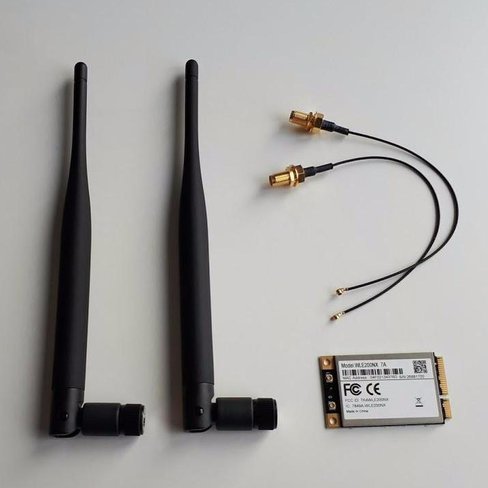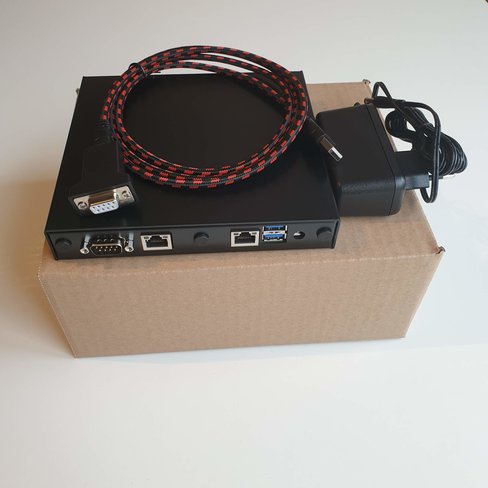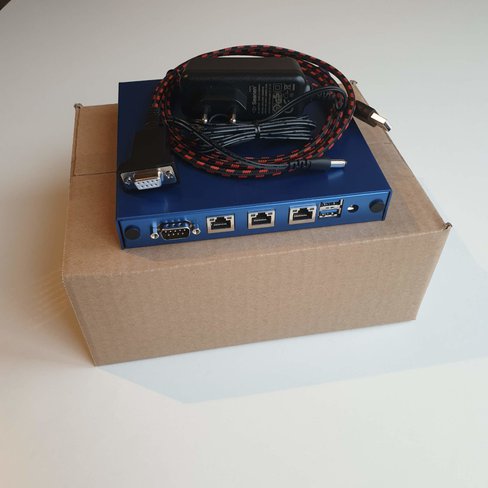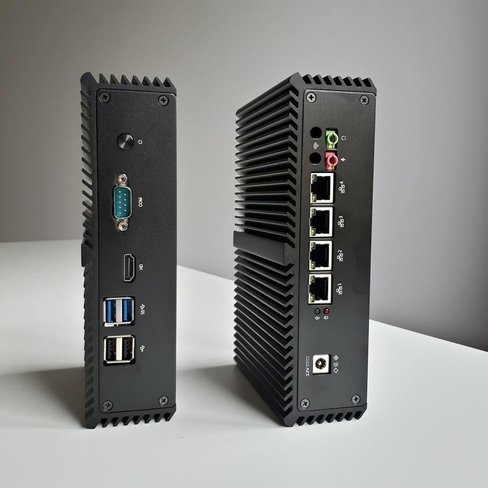pfSense wireless router
This article was last updated on December 29, 2022.
So you want to have a Wi-Fi access point in your pfSense box?
The first thing you need to know about setting up pfSense as a Wi-Fi router is that pfSense supports a limited number of wireless cards. And there's an even more limited number of well-working cards. So if you want to have solid Wi-Fi with pfSense, you have to choose your hardware carefully.
pfSense 802.11n support
pfSense supports Wi-Fi standards up to 802.11na (2.4Ghz and 5Ghz), if you have an adapter that works well. Some 802.11n adapters are detected as 802.11g and won't work at full speed. In addition, some cards will work only as a client, while you want to use them as an access point.
We have tested pfSense with WLE200NX and achieved about 130Mbit/s throughput using 5Ghz, and channel 36. This is an excellent result for pfSense. Other cards often achieve less than half of this speed.
pfsense Wi-Fi 802.11ac support
There's currently zero support for 802.11ac in pfSense 2.6, and it's likely not going to change any time soon.
pfSense is based on FreeBSD, and that operating system doesn't have any support for the more recent Wi-Fi standards. All router Operating Systems based on BSD (OPNSense, pfSense, etc) have this limitation. If you must have 802.11ac support, then we have 2 recommendations:
- Get an external Access Point and connect it to your pfSense box
- Switch to Operating System based on Linux, such as OpenWRT or IPFire
Dual Band Support
pfSense works with 2.4Ghz and 5Ghz bands. You can have both simultaneously, but you need 2 cards, one for each band. Some cards support both 2.4Ghz and 5.0Ghz, such as WLE200NX (Atheros AR9280) but not simultaneously. Only one band can operate at the same time.
Currently, no cards are supported in pfSense that will operate in both bands concurrently.
Should you use pfSense as an Access Point
It depends on your expectations. If you are OK with 802.11na support and throughput up to 130Mbit/s, then pfSense will work fine for you.
If you need 802.11ac support and/or higher throughput, then you should get an external access point or reconsider your choice of operating system. OpenWRT works great with 802.11ac and achieves about 600Mbit/s in real life.
Often your pfSense firewall is located in a place that is not optimal for a wireless access point, such as a basement or storage. In those cases, we recommend getting an external access point that can be located in a more central position in the building.
Best pfSense wireless cards
Here at TekLager, we have tested many different wireless adapters with pfSense and found one that works well.
Compex WLE200NX is a Dual-band MIMO 2x2 adapter that works well in 802.11an and 802.11gn modes on both 2.4Ghz and 5Ghz bands. It's based on a Qualcomm Atheros AR9280 chip, and in our tests, it performs at about 130Mbit/s.
pfSense wireless appliance
If you have made up your mind, you can get the WLE200nx Wi-Fi kit, which includes a card, 2 antennas, 2 pigtails. Either use it with your own router or get any of the routers we have in store.
Remember that if you want both 5Ghz and 2.4Ghz networks, you will need to purchase 2 kits.
If you just get a Wi-Fi kit, then you will have to set it up yourself. See this other article we wrote about setting up pfSense as an access point.
Below you will see wle200nx wifi kit and 3 recommended pfSense appliances that work well with wireless. If you purchasem them together, we will install and configure it for you.

wle200nx wireless WiFi kit
367 SEK

APU2D0: 2x Gigabit LAN, Quad Core CPU, 16GB SSD, 2GB RAM
1,752 SEK

APU2D4: 3x Gigabit LAN, Quad Core CPU, 16GB SSD, 4GB RAM
2,102 SEK
